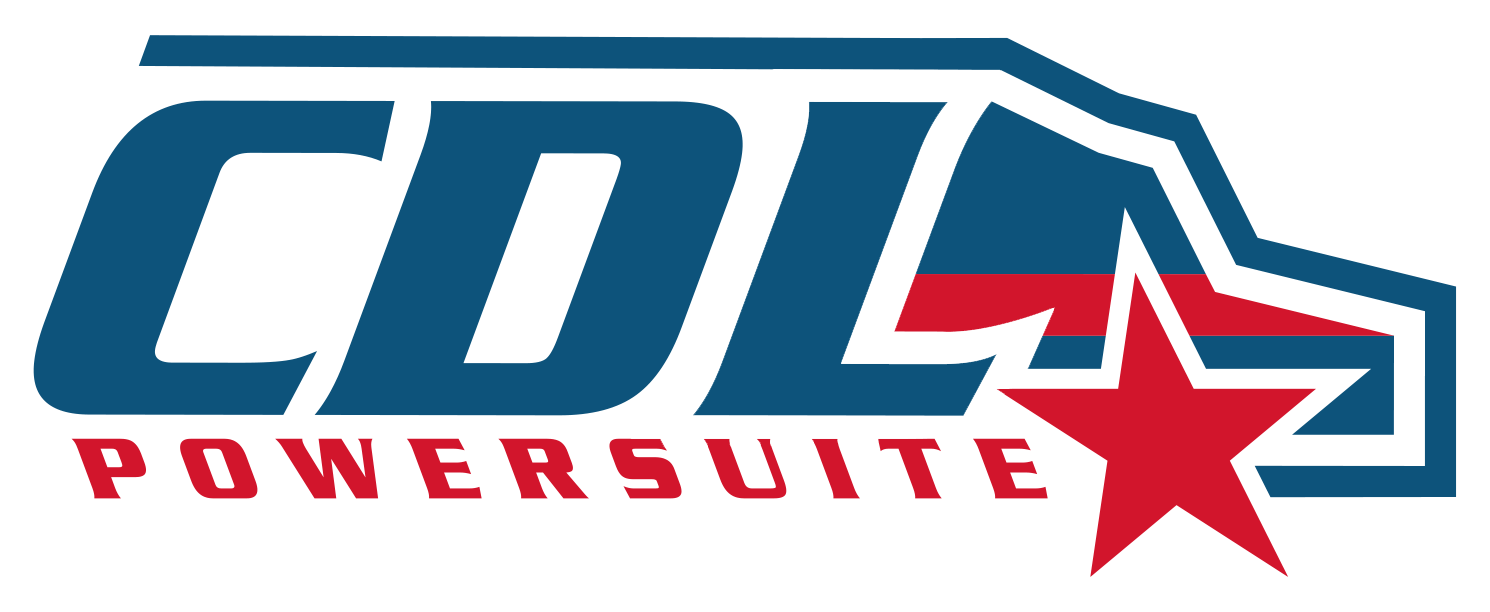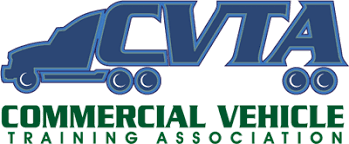Teaching Emergency Pull-Overs & Triangle Placement
Jason Boudreau • March 21, 2025
As a CDL instructor, one of the most important lessons you’ll teach your students is how to safely handle an emergency on the road. Whether it’s a breakdown, an accident, or severe weather, knowing how to pull over safely and place emergency warning triangles correctly can save lives — including theirs.
This guide will help you reinforce the why, when, and how of emergency procedures, and give you a few practical training tips to ensure your students master this essential safety skill.
When to Pull Over for an Emergency
As an instructor, it’s important to teach future drivers how to recognize when a situation requires an emergency stop. Common reasons include:
- Mechanical failures (engine trouble, brake issues, etc.)
- Tire blowouts
- Accidents or collisions
- Health emergencies
- Hazardous weather conditions
What to do when you need to pull over:
- Signal Early – Turn on your hazard lights right away to alert drivers behind you.
- Find a Safe Spot – Pull as far off the road as possible, preferably onto the shoulder. If you’re on a hill, curve, or otherwise dangerous spot, continue cautiously until you find a safer location if your vehicle allows it.
- Engage Parking Brake – Once stopped, set the parking brake and turn off the engine if necessary.
- Exit Carefully – Always exit your vehicle on the side away from traffic if possible.
Instructor Tip:
Use dash cam footage or simulations to show real-world examples of good vs. bad emergency stops. Visuals are powerful for reinforcing what a “safe stop” looks like.
Emergency Triangle Placement: FMCSA Requirements
The Federal Motor Carrier Safety Administration (FMCSA) requires all commercial vehicles to carry three reflective emergency triangles. These triangles are crucial to alert other drivers that your truck is stopped and potentially hazardous.
Many new drivers struggle to remember how to place triangles — especially when the road type changes. Break it down clearly and use repetition and hands-on practice to lock it in.
Placement depends on the type of road you’re on:
Two-Way Roads or Undivided Highways
If you’re on a two-way road where traffic moves in both directions (and there’s no median separating lanes), place your triangles as follows:
- One triangle 10 feet behind the rear of the truck.
- One triangle 100 feet behind the truck.
- One triangle 100 feet in front of the truck.
This setup warns traffic from both directions that a vehicle is stopped ahead.

One-Way Roads & Divided Highways
On a divided highway, traffic moves in only one direction on each side, separated by a physical barrier or median. In this case:
- Place all three triangles behind the truck:
- One at 10 feet
- One at 100 feet
- One at
200 feet
All distances should be measured from the rear of your truck, and the triangles should be centered in your lane or shoulder where possible.

Obstructed Views (Curves, Hills, etc.)
If your truck is stopped near a curve, hill, or any area where oncoming drivers can’t see you from a distance:
- Place one triangle 10 feet behind the truck.
- The second and third triangles should be placed
up to 500 feet behind the vehicle, spaced appropriately to give drivers enough warning before they reach you.
Important Tip: Always walk
facing traffic when placing your triangles and wear a reflective vest if you have one. Safety first.

Final Tips for Emergency Safety
- Stay visible: Turn on your hazard lights and use your reflective triangles as soon as it’s safe.
- Use common sense: If conditions are dangerous (rain, snow, fog, or night), be extra cautious and increase your visibility.
- Don’t skip this step: Proper triangle placement is a DOT requirement and can result in penalties or citations if not followed — not to mention, it's vital for safety.
Wrapping It Up
Teaching emergency pull-over procedures and triangle placement isn’t just about passing the CDL exam — it’s about preparing students for real-life situations they
will face on the road.
As an instructor, your goal is to make sure they don’t freeze under pressure. By building repetition, encouraging real-world thinking, and emphasizing
why each step matters, you’ll help your students form the habits that will protect them — and everyone around them — for the long haul.
Stay Prepared, Stay Safe
Emergencies can happen to even the most experienced truckers.
Keep your emergency triangles in good condition, practice placing them during training, and always be prepared to act quickly and safely when the unexpected happens.
Drive smart. Drive safe. Your future on the road depends on it.
Free Classroom Training Materials:
Click the button to download a printable Emergency Triangle Placement diagram






